Summary
With its crystal-clear waters and diverse fish population, it's no surprise that it's become a favorite among fishing enthusiasts. Here's a brief guide to help you make the most of your time at Camp Four Lake:
Fish Species: The lake is home to several species of fish, including northern pike, largemouth bass, bluegill, yellow perch, and crappie. These fish are often found near the weed edges, drop-offs, and around the docks.
Neighboring Activities: Camp Four Lake is located in a beautiful region of Minnesota, surrounded by forests and lakes. There are plenty of outdoor activities in the area, including hiking, canoeing, camping, and bird-watching.
Fishing Tips: When fishing at Camp Four Lake, it's important to use live bait, jigs, and spinnerbaits. Target the weed edges and drop-offs for the best results. Try experimenting with different depths until you find a spot where the fish are biting.
Best Time of Year: The best time to visit Camp Four Lake is during the summer months (June-August) when the weather is warm and the fish are active. The average temperature during this time is around 75°F, making it perfect for fishing and other outdoor activities.
Overall, Camp Four Lake is a fantastic fishing destination that offers a variety of fish species and outdoor activities. Whether you're an experienced angler or a beginner, you're sure to have a great time at this beautiful lake.
Weather Forecast
Nearby Streamflow Levels
Angling Safety Guidelines
Check local fishing rules, seasons, size limits, and license requirements to ensure legal and sustainable angling.
Handle Fish Responsibly
Use wet hands, minimize air exposure, and release fish gently to improve survival rates when practicing catch-and-release.
Choose the Right Gear
Match your rod, line, and tackle to the species and conditions to increase success and reduce unnecessary harm to fish.
Respect the Waterway
Avoid disturbing habitat, prevent bank erosion, and keep a safe distance from spawning areas to protect ecosystems.
Keep It Clean
Pack out all line, hooks, bait containers, and trash—discarded gear can injure wildlife and degrade waterways.
Related Links
Area Campgrounds
| Location | Reservations | Toilets |
|---|---|---|
 Stubler Beach
Stubler Beach
|
||
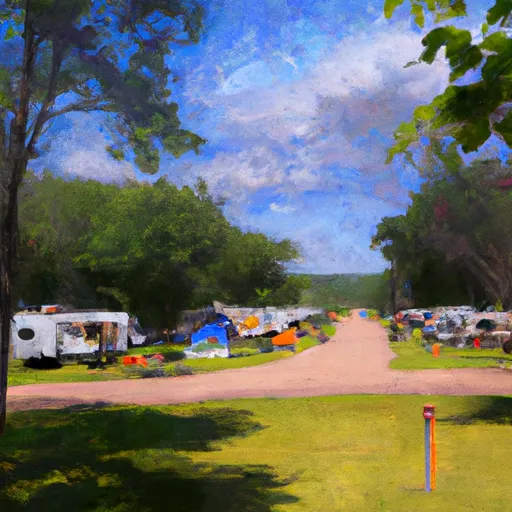 Buhl RV Park
Buhl RV Park
|
||
 Stubler Beach Campgrounds
Stubler Beach Campgrounds
|
||
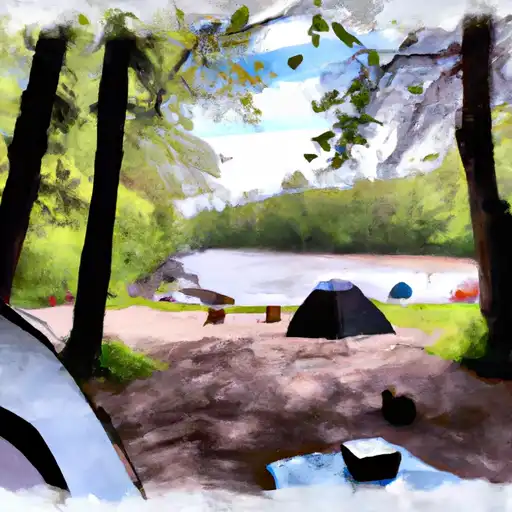 West Two River
West Two River
|

 Dark Lake
Dark Lake
 Knuckey Lake
Knuckey Lake

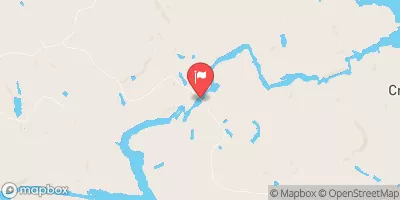
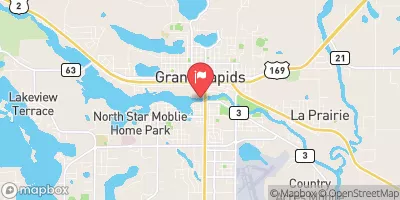
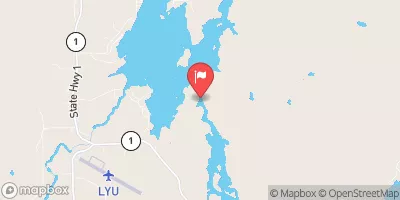
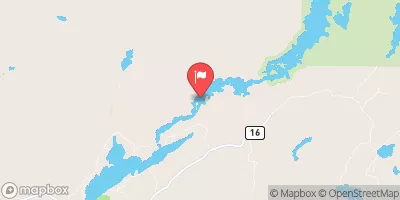
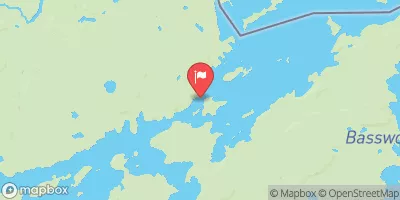
 Minntac Tailings
Minntac Tailings